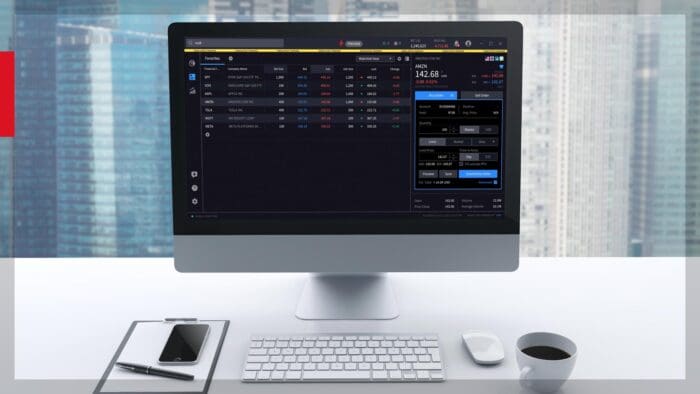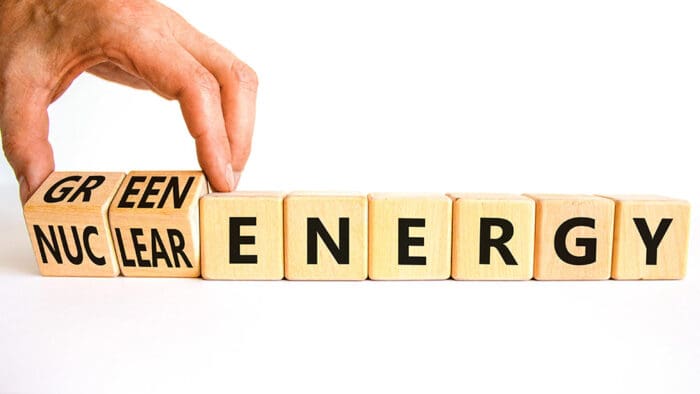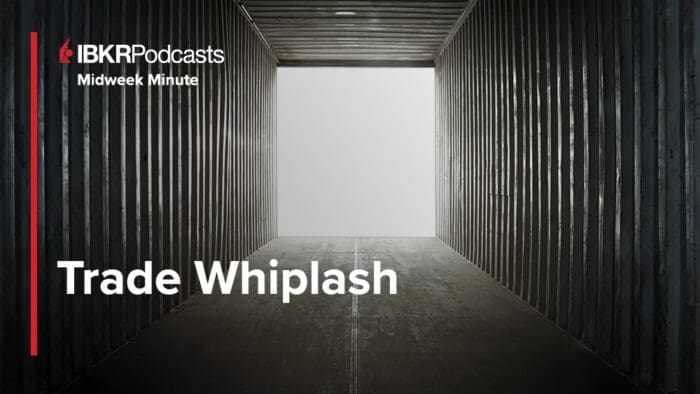Market Recap
- Equity markets dipped this week as tariff concerns continue to weigh on sentiment. The latest word—and who knows where we’ll be by Tuesday—is that the March 4th timeline for wide-ranging tariffs on Canada and Mexico remains in place, while threats have been broadened to Europe as well.
- The S&P 500 fell 1.0% on the week, while the TSX added 1.0%. The on again, off again nature of U.S. tariff threats has started to noticeably frustrate markets, businesses and policymakers.
- The longer this plays out, the more likely it becomes that otherwise favourable economic and financial market conditions become bogged down in uncertainty—it might be starting to show.
Tariffs
After conflicting reports on whether U.S. President Donald Trump would extend the deadline for the implementation of new 25% tariffs on goods from Mexico and Canada, Trump declared last Thursday that they would go into effect on March 4. While the situation remains fluid, it is clear that a deal between Canada and the U.S. to avoid a trade war is not as simple as some had expected, or else it would have happened by now. What’s particularly worrying are Trump’s comments implying that Mexico has been a better partner than Canada. We continue to believe that some sort of additional tariff on Canadian goods is likely, but that the 25% won’t stick over the long term, though it is possible in the short term. We also expect Canadian Energy to be largely omitted or with a much lower tariff rate because it’s too important to the U.S. economy. Ultimately, we think Trump is still negotiating, and the severity of the tariffs will depend on how much Canada is willing to give up. More targeted tariffs, like the 25% we’ve seen on Canadian steel and aluminium, are a distinct possibility. Beyond North America, Trump’s threats against Europe, including a possible 25% tariff, are ramping up, and he has already said that he will double the previously-announced 10% tariff on goods from China. While we still believe Trump’s proposed 60% tariff on China is unlikely, we do expect tariffs on the country to continue to ramp up over time. Uncertainty remains the key theme.
Bottom Line: Trump is using tariffs as a negotiating tool, and he’s likely to continue to push as long as he believes he can get additional concessions from other countries, including Canada.
Small Caps
Recently, investor confidence in small caps has fallen off relative to large-cap companies. What’s causing this shift? We see three main reasons. First, the tax cuts and deregulation that were expected under Trump haven’t come to fruition yet; both would likely be good news for small caps. Second, there is significant uncertainty around tariffs, interest rates, and the overall economic environment. And finally, there is a bit of consumer weakness popping up. Together, these factors are enough to drag down investor sentiment. As the year plays out, however, we continue to believe that small caps will play catch-up. In fact, we’ve already seen some rotation from the mega-caps to the rest of the market, especially value companies. In general, small caps have held up pretty well on more severe market pullbacks. It is worth noting, however, that we are referring to quality small caps rather than broad small caps. The reality is that a lot of small caps aren’t great companies from the standpoint of fundamentals. As such, it can be beneficial to dissect small caps into even smaller segments for the purpose of identifying which companies are best set to outperform.
Bottom Line: The rotation to small caps will likely take time, but we remain bullish on their prospects, especially quality small caps.
Nvidia
Nvidia’s much-anticipated Q4 earnings were announced last week, and despite record revenues, the company failed to meet markets’ high expectations, resulting in a stock slump of over 8%1. As I’ve mentioned previously, we purchased some options in our portfolios as protection around the broader semiconductor index (which includes Nvidia). They were intended to insulate us from Nvidia’s earnings and X-factors like DeepSeek, and they’ve served us very well in that regard. The market’s initial response to Nvidia’s announcement was muted, which some people took as a positive. I thought it was a negative, because the lack of movement meant that investors weren’t overly excited with the results. In this environment, that normally means eventual selling pressure. In fact, the next morning, I walked by my team’s desk pre-market open and told them I thought Nvidia wouldn’t be able to hold on to those gains. Ultimately, I was right. Nvidia’s current results are actually strong—it’s the expectations that are the problem, as investors are accustomed to the company far exceeding analysts’ projections. Simply put, a high price-to-earnings multiple is more worrisome in a higher volatility environment. Overall, we’re not especially surprised that Nvidia’s stock struggled because the company has such a high bar to clear. That’s exactly why we’d implemented some protection in our portfolios.
Bottom Line: We believe the A.I. story is here to stay, but the market’s lofty expectations are now beginning to come off.
Positioning
For a detailed breakdown of our portfolio positioning, check out the latest BMO GAM House View Report, titled Opportunity in crisis: an active manager’s dream come true
—
Originally Posted March 3, 2025 – The tariff soap opera continues
Disclosure: BMO Exchange Traded Funds
Commissions, management fees and expenses all may be associated with investments in exchange traded funds. Please read the ETF Facts or prospectus of the BMO ETFs before investing. Exchange traded funds are not guaranteed, their values change frequently and past performance may not be repeated.
For a summary of the risks of an investment in the BMO ETFs, please see the specific risks set out in the BMO ETF’s prospectus. BMO ETFs trade like stocks, fluctuate in market value and may trade at a discount to their net asset value, which may increase the risk of loss. Distributions are not guaranteed and are subject to change and/or elimination.
BMO ETFs are managed by BMO Asset Management Inc., which is an investment fund manager and a portfolio manager, and a separate legal entity from Bank of Montreal.
®/™Registered trade-marks/trade-mark of Bank of Montreal, used under licence.
Disclosure: Interactive Brokers Third Party
Information posted on IBKR Campus that is provided by third-parties does NOT constitute a recommendation that you should contract for the services of that third party. Third-party participants who contribute to IBKR Campus are independent of Interactive Brokers and Interactive Brokers does not make any representations or warranties concerning the services offered, their past or future performance, or the accuracy of the information provided by the third party. Past performance is no guarantee of future results.
This material is from BMO Exchange Traded Funds and is being posted with its permission. The views expressed in this material are solely those of the author and/or BMO Exchange Traded Funds and Interactive Brokers is not endorsing or recommending any investment or trading discussed in the material. This material is not and should not be construed as an offer to buy or sell any security. It should not be construed as research or investment advice or a recommendation to buy, sell or hold any security or commodity. This material does not and is not intended to take into account the particular financial conditions, investment objectives or requirements of individual customers. Before acting on this material, you should consider whether it is suitable for your particular circumstances and, as necessary, seek professional advice.




















Join The Conversation
For specific platform feedback and suggestions, please submit it directly to our team using these instructions.
If you have an account-specific question or concern, please reach out to Client Services.
We encourage you to look through our FAQs before posting. Your question may already be covered!